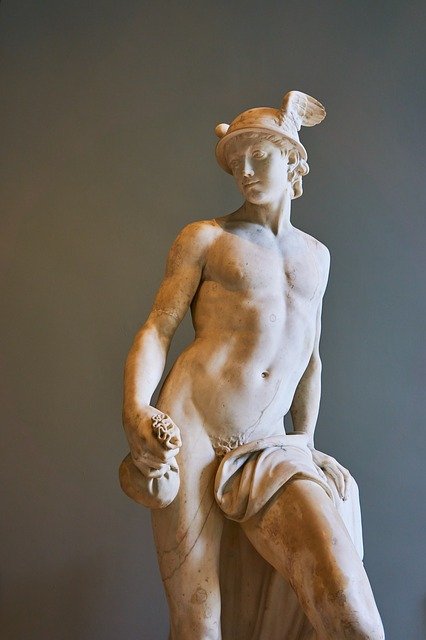Investing in paintings and art objects is a way to combine the possibility of growing your capital with the satisfaction of your aesthetic sense, but as always in this type of investment you have to be careful about what you buy and from whom. Here are some tips that may be helpful.
Invest in Art

Art objects are interesting for an investor because they tend to reevaluate over time, since a growing demand is concentrated on them in the face of an offer that is by its very nature scarce. It must be said, however, that the pace of the revaluation is not constant, but rather knows abrupt tears and long pauses: in practice, the quotations of unknown authors can explode within a few months, but remain firm – and the authors in question forgotten – for several years. Therefore, these are interesting investments only for the medium or long term, or if you want to enjoy the purchased artwork, regardless of how much it will return if we go to resell it. Furthermore, with some exceptions, art objects are scarcely liquidable in times of need.
Beware of Fakes and Counterfeits
Those who invest in art must move with caution, as the pitfalls of this market are numerous. The boundary between true and counterfeit, in particular, is extremely blurred, and the false is unfortunately always lurking. The problem, in fact, is that it is a fundamentally not very transparent market, in which information and expertise are in the hands of a small circle of professionals. Therefore, those who want to speculate on these assets without having the necessary knowledge are already starting on the wrong foot. The advice, therefore, is to always buy with the help of an expert, perhaps in an auction sale at an accredited auction house, focusing on objects of art that you like and that have a certain value, which can enhance and customize your home,
The Art Market
In the art market there are numerous segments, which have a different weight in the total turnover of the sector. To make the lion’s share are paintings, with a market share of the order of 75%, followed by sculptures and watercolors – both with a share of just over 10% – and then by prints (3%) and by photos(2%). In collecting, modern art is giving way – in terms of the number of deals – to contemporary art, which is certainly more affordable for the younger generation of collectors.
And again on the subject of costs, unlike the stock market and also other forms of investment in safe-haven assets, the art market stands out because the revaluation of art objects is not subject to taxation, and indeed the art does not even weigh on the heirs, since the rights of inheritance and donation have been abolished for some time now.
To show artists and and traders you are interested and a serious buyer of artworks, high quality low cost plastic business cards may be the perfect addition for your wallet. Carrying these cards can help to draw reassure artists that you are a serious buyer. The cards can also help ensure you are more likely to close deals for high quality and collectable artwork.
Auctions of Works of Art
The best place to buy works of art are specialized auctions in this sector, which are held at auction houses and are always very popular with investors, so they collect billions of euros every year. The artists most in demand today are the main exponents of American and Italian contemporary art, but also modern artists, in particular surrealists. Of course, the prices of a painting are very variable, and can range from tens of thousands of euros for a painting by a contemporary artist to millions of euros paid for a Picasso, Rubens or other paintings by famous authors. There are specialized portals on the Internet that have an archive of works of art – paintings, sculptures, photos, etc. – auctioned around the world,
The Collector’s Objects
Since the taxman has an attitude of benevolent indifference towards those who invest in objects of art and collectibles, it may be worth taking advantage and – why not? – maybe start a collection of fine artistic porcelain in limited production, or sacred art, or something else. However, it is necessary to keep in mind, for the moment of divestment, that in recent years the rise in the prices of works of art has been accompanied by greater selectivity on the part of collectors, so that only the best works find a buyer. However, other types of business can also be done. In fact, if eg. a collector is missing only one piece to complete a certain collection, then the piece that can allow him to complete it can be purchased by the collector at a price much higher than its value.

Max is a contemporary art writer specializing in modern art movements and innovative design. He focuses on exploring the evolving relationship between visual arts, technology, and culture, offering thoughtful critiques and artist features.